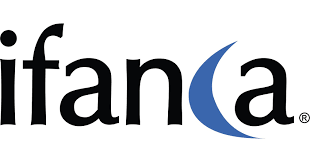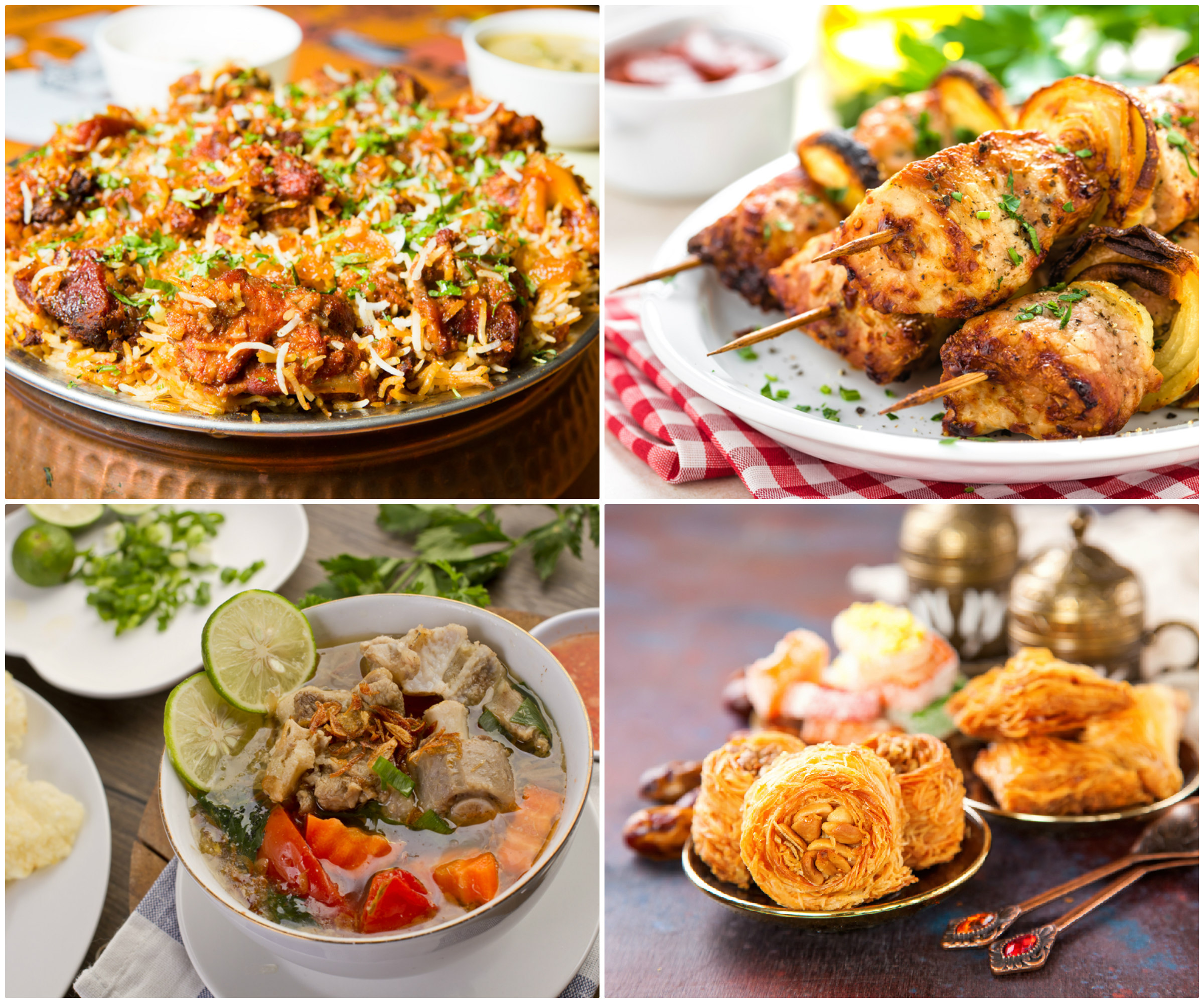
Digital advertising for Ramadan: Foodtech start-up Zomato shares tasty search insights
As traditional advertising channels become more expensive and less effective during Ramadan, foodtech start-up Zomato's search data offer advice for restaurants and food brands advertising digitally.
With the annual fasting month of Ramadan slated to kick off in the final week of May and culminate with the Eid al-Fitr holiday at the end of June, businesses around the world that cater to Muslims are gearing up for month of behavioral changes from their users.
With most Muslims skipping lunch in the middle of the day to instead browse the web via their smartphones, international foodtech companies like Zomato find themselves uniquely well-placed to observe what Ramadan and Eid really mean for restaurants and food brands around the world.
Zomato is a New Delhi-based online restaurant discovery and food ordering platform, currently available in 23 countries. It provides a range of information for restaurants in various cities around the world, including menus, photos, ratings, and customer reviews.
To date, the company has disclosed a total funding amount of $223.4 million from a roster of heavy-hitting institutional backers and venture capital giants such as Info Edge India Ltd, Sequoia Capital, Vy Capital, and Singapore’s Temasek Holdings.
Addressing customer behavior changes during Ramadan, Zomato’s Regional Director for Southeast Asia Mridul Anand told Salaam Gateway, “In Indonesia and other countries in the Middle East where Zomato is present, during the holy month of Ramadan, we've seen increased activity.”
“In 2016, we registered some interesting trends with respect to food behavior. We noticed a spike – 128 percent compared to the pre-Ramadan month – in users’ interest in buffet spots. This is most likely for the evening Iftaar, the fast-breaking meal after sunset during Ramadan,” said Anand.

Pre- and during Ramadan traffic for types of food establishments. Courtesy Zomato
TASTIEST SEARCHES
According to Zomato’s internal data, people in Indonesia’s capital city of Jakarta (the hub of the world’s largest Muslim-majority nation) tend to take an increased interest in foods like salad and beef during Ramadan. Anand said that Zomato users’ searches for keywords like salad and sop (the Indonesian word for soup) jumped by 400 percent during Ramadan last year. Similarly, the word sapi (the Indonesian word for beef) saw a 300 percent uptick in searches on the platform.
While Anand remained tight-lipped about sharing exact numbers from Zomato’s internal data, it’s worth noting that the platform gets more than 90 million monthly visits on average. This means that when its managers paint with broad-strokes and undefined values during media interviews (and use figures like the ones mentioned above) it can still be considered actionable intel for restaurant proprietors.
Zomato claims to be the largest platform of its kind in Middle Eastern markets like the UAE. According to the start-up, specialty dishes in the country reign supreme in terms of keyword searches during Ramadan. In 2015, searches for biryani doubled and kebabs trebled compared to the pre-Ramadan period.
Searches for specialty items such as haleem, kunafa and ilk also increased during Ramadan. Items such as sheer khurma, katayef, baklava, basbousa, lamb ouzi, al kabsa, basbousa and umm Ali also displayed positive trends. That said, the Iftar Collection (a collection of restaurants that offer Ramadan-specific menus) on Zomato usually dominates all other sections on the platform during the holy month, said the start-up.

Search traffic on Zomato pre- and during Ramadan on Zomato. Courtesy Zomato
HUNGRIEST TIMES
But according to Anand, what is equally interesting as the keywords Zomato users search for during Ramadan is the time of day in which they search. In the UAE, suhoor-related searches saw a 52 percent bump in traffic month-over-month between midnight and 4:00am.
Search volumes during lunch time (noon to 3pm) saw a dip of 18 percent during Ramadan, pitted against the same set of data in the pre-Ramadan period. Zomato saw a 27 percent bump in searches in the evening between 5pm and 7pm, prior to Iftar.
ADVERTISING $$$
In terms of advertising revenue for Zomato, Anand admits that Ramadan and Eid haven’t exactly moved the needle forward or backward for the tech company per se in recent years. Anand attributes this to the fact that many restaurant businesses may see Ramadan and Eid as a time when spending advertising dollars won’t make much of a difference. This may indeed hold true when considering the saturation of the traditional advertising marketing during the holy month.
RESTAURANTS VS. STORE-BOUGHT FOOD
Restaurants aren’t the only food retailers to benefit from Ramadan. In recent years, Campaign – a global business portal covering advertising, media, marketing and commercial creativity – quoted Jorden Boshers, founder and chief digital strategist of Jordanian marketing consultancy Istizada, as saying there is significant increase in advertising spend during Ramadan, namely brand marketing from the likes of Pepsi, Coca Cola, Danone, and Cadbury.
Google confirms that brands in the Middle East and North Africa (MENA) continue to invest heavily in traditional advertising channels like TV, print and outdoor advertising during Ramadan, despite the fact that advertising costs routinely skyrocket during the holy month and the chances of making an impression on your target audience decrease sharply. For this reason, the internet giant advises brands to consider digital media alternatives, as consumers in the region verifiably watch more online video, perform more web searches, and spend more time on mobile during Ramadan.
Between 2013 and 2015, daily video views increased by 200 million in MENA alone, according to Google’s data. In Saudi Arabia, locals now use mobile devices more often than any other device with a screen. A total of 44 percent of their daily screen time goes to their phones. In the UAE, 84 percent of the population claims to use a smartphone at least as often as a desktop computer.
Global information, data, and measurement company Nielsen says that food brand sales in Saudi Arabia and the UAE should increase approximately 10 percent overall from non-Ramadan periods. In the context of consumption, the firm observes packaged foods driving the Ramadan spike across both markets. Categories like powdered beverages, concentrated juices, dates, bouillons, soups, oats, powdered milk, condensed milk and dry desserts show significant growth, as these items are commonly eaten during the holy month.
Interestingly, the Vimto brand of soft drink, Tang in powdered beverages, Maggi in bouillons and soups and Nido in powdered milk form have high sales during Ramadan. Nielsen confirms that Ramadan accounts for three quarters of the estimated Vimto sales and almost 50 percent of estimated annual sales for Tang and Quaker Oats.
For MENA, studies show an average increase of ad spending of around 20 percent during the month of Ramadan, up over normal monthly ad budgets. But with an amplified demand and a more competitive landscape for ad space hunters, it’s important for advertisers to know where to get the best bang for their buck.
Back on the restaurant beat, while tech start-ups like Zomato are undoubtedly biased toward making money, Anand claims that Zomato’s data shows advertising on its platform during Ramadan and Eid is beneficial for culinary brands in Muslim-majority markets.
“Almost all restaurants now understand the need to promote themselves online, or at the very least have an online presence at all times, especially during festive months like Ramadan,” said the regional director. “The restaurants promoting themselves in our Ramadan collections have seen a significant portion of their revenue during this period come as a result of promoting their brand on Zomato.”
© SalaamGateway.com 2017

Leighton Cosseboom